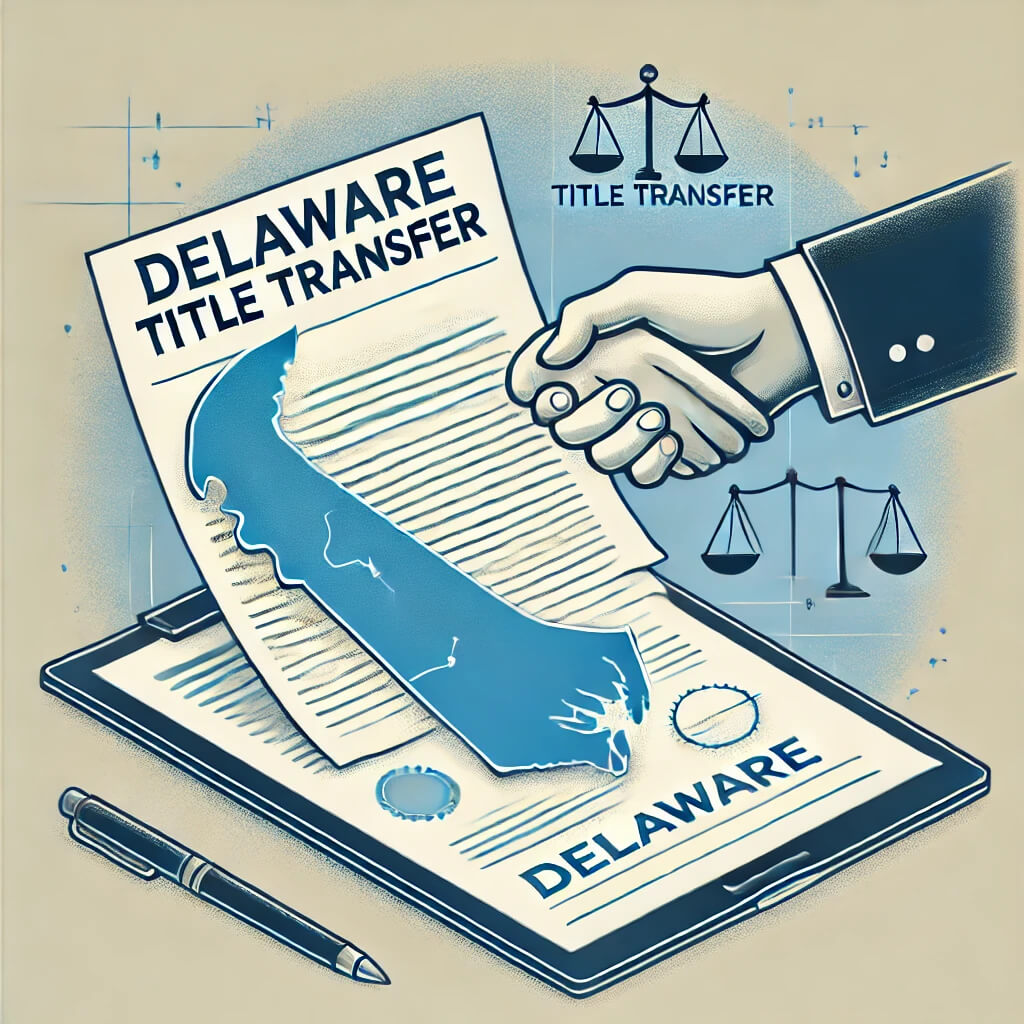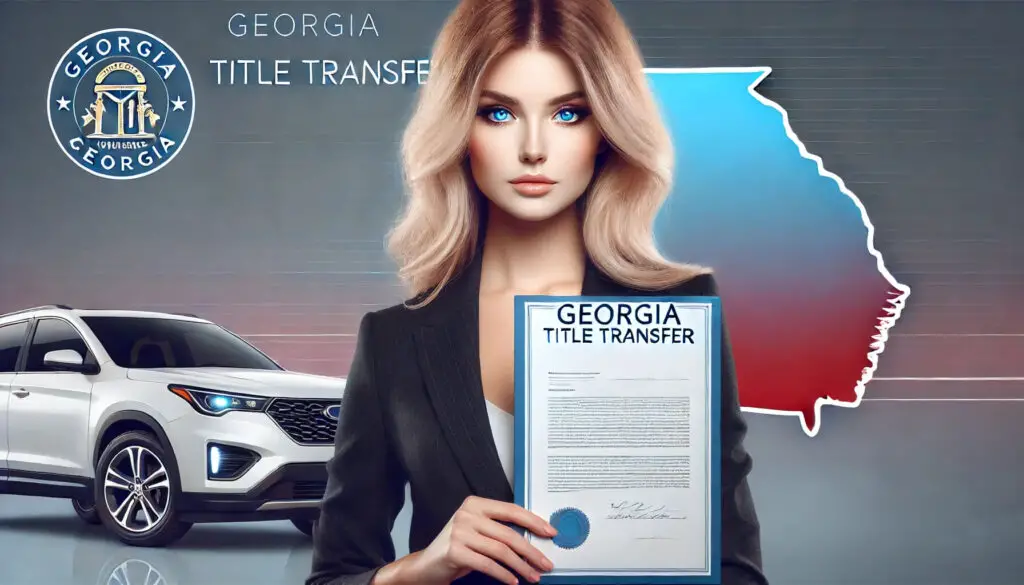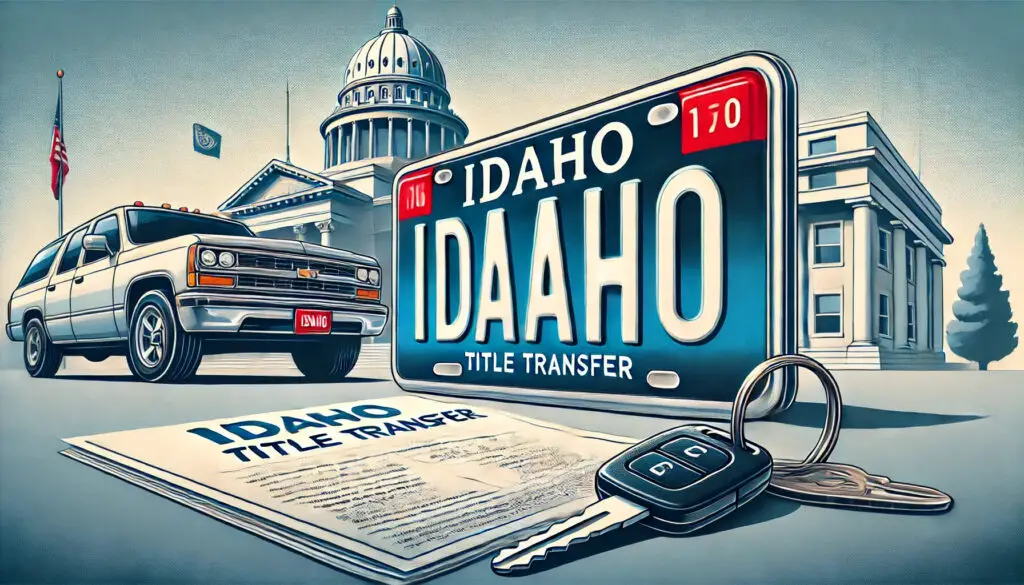When it comes to vehicle ownership in Wisconsin, ensuring that the title transfer is completed correctly is crucial for both buyers and sellers. The process, which involves officially transferring ownership of a vehicle from one person to another, can seem overwhelming at first. However, understanding the specific steps and requirements involved will make the process much smoother.
In this guide, we will walk you through everything you need to know about title transfers in Wisconsin, from the necessary paperwork to the fees and timelines involved.
What is a Title Transfer?
A title transfer is the process by which the ownership of a vehicle is legally passed from the seller to the buyer. This procedure ensures that the buyer becomes the official owner of the vehicle, and the previous owner’s name is removed from the vehicle’s records. This process is essential when buying or selling a car, truck, motorcycle, or any other vehicle in Wisconsin.
Why is a Title Transfer Necessary?
A title transfer is necessary for a few key reasons:
-
Legal Ownership: Without completing the transfer, the vehicle will still be legally tied to the previous owner, which can cause complications with registration and taxes.
-
Protection Against Fraud: It protects both the buyer and seller by ensuring that ownership records are updated with the Department of Motor Vehicles (DMV).
-
Vehicle Registration: The title is a key document needed to register the vehicle in the new owner’s name.
Steps for Completing a Title Transfer in Wisconsin
Transferring a vehicle title in Wisconsin involves a few specific steps. Below is a detailed overview of the process, including all the necessary forms, documentation, and fees.
1. Obtain the Title from the Seller
The first step in the title transfer process is obtaining the vehicle’s title from the seller. If you’re purchasing a used vehicle, ensure that the seller provides the title, and that it is free of liens (or that any outstanding loans are paid off).
Key Information to Look For:
-
Vehicle Identification Number (VIN): Ensure that the VIN on the title matches the VIN on the vehicle.
-
Seller’s Details: Confirm that the seller’s name is listed correctly, and there are no discrepancies.
-
Lienholder Information: If the vehicle has a lien, the lienholder must provide a lien release document.
2. Complete the Title and Registration Application Form
Next, you will need to complete the Wisconsin Title and Registration Application (form MV1), which is available on the Wisconsin Department of Transportation (WisDOT) website or at a DMV service center. This form will ask for the following details:
-
Vehicle make, model, year, and VIN
-
Name and address of the buyer and seller
-
Odometer reading
-
Proof of insurance
3. Pay Title Transfer Fees
Once the necessary forms are completed, you will need to pay the title transfer fee. In Wisconsin, the standard title transfer fee is $164.50 for most vehicles. However, additional fees may apply depending on the type of vehicle, whether it is a passenger car, truck, or motorcycle, and if you need to expedite the process.
Additional Costs You Should Know:
-
Sales Tax: Sales tax is typically paid based on the purchase price of the vehicle or the fair market value, whichever is higher.
-
License Plates: If you need new plates, there will be an additional cost.
-
Registration Fees: Along with the title transfer, registration fees are required to legally drive the vehicle.
4. Submit the Application to the DMV
Once you’ve completed the paperwork and collected all the necessary information, you will submit it to your local DMV. You can either submit your documents in person at a DMV service center or mail them to the Wisconsin Department of Transportation.
In most cases, you will receive your new title and registration in the mail within 2-4 weeks after submission. However, you can expedite the process by paying an additional fee.
5. Transfer of Title for Lienholders
If the vehicle has a lien, the lienholder must be involved in the title transfer process. The lienholder will need to sign the title, and a lien release must be provided to the DMV to prove that the loan has been paid off.
Once the lienholder’s information is updated, the title will be transferred to the buyer’s name, and the lienholder’s name will be removed from the title record.
Required Documents for Title Transfer in Wisconsin
The following documents are required when completing a title transfer in Wisconsin:
-
Original Title: Signed by the seller.
-
Bill of Sale: This is optional but recommended as proof of the sale.
-
Odometer Disclosure Statement: Required for vehicles less than 10 years old.
-
Proof of Identity: A valid government-issued ID, such as a driver’s license.
-
Proof of Wisconsin Residency: Utility bills, lease agreements, or other documents may be used to confirm residency.
-
Proof of Insurance: The buyer must show proof of insurance to register the vehicle.
Wisconsin Title Transfer for Vehicles Without a Title
In some cases, a vehicle might not have a title due to lost or missing documents. If this happens, the buyer and seller must complete an Affidavit of Ownership and submit it to the DMV, along with any additional proof of ownership such as previous registration or insurance papers.
The process may take longer if there is no title, and additional paperwork may be required.
Common Title Transfer Issues and How to Resolve Them
While the title transfer process is usually straightforward, there are several issues that can complicate the process. Some common issues include:
-
Lien Issues: If there is a lien on the vehicle, the seller must provide proof that the lien has been paid off.
-
Incorrect Information: If any details on the title are incorrect (such as the VIN or the seller’s name), it could delay the transfer process.
-
Missing Title: If the seller does not have the title, the process becomes more complicated, requiring additional forms.
To avoid delays, make sure that all information is accurate and that all required documents are provided.
Title Transfer Timeframe
Once all documents have been submitted and the appropriate fees have been paid, you can expect to receive your new title and registration within 2-4 weeks. If you need the title sooner, you can pay an additional fee to expedite the process.
Title Transfer for Out-of-State Buyers
If you are an out-of-state buyer, the process is slightly different. You will need to submit the same documents, but you may also need to provide proof of residency, proof of insurance, and a completed Out-of-State Title Transfer Form. This may be a longer process, so it is best to plan ahead.
Conclusion
Transferring a title in Wisconsin may seem daunting, but following the right steps and ensuring that all the necessary documents are in order will make the process smooth and efficient. From obtaining the title from the seller to paying the associated fees, understanding the details involved will help ensure that the title transfer is completed correctly.
For a comprehensive overview of transferring vehicle titles in any state, check out our Vehicle Title Guide. For more automotive resources, visit Consumer Auto Central.











